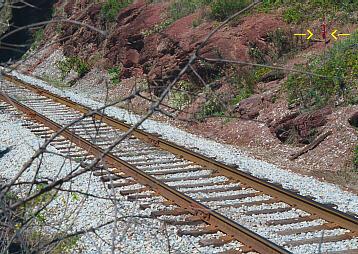
Gettysburg Battlefield Photographs
These photos show idyllic scenes of a pretty landscape . . . a far cry from the tortured reality that was left in the aftermath of the battle in 1863 when these fields were strewn with the corpses of thousands of men and, somehow even more sadly, animals. . . thousands and thousands of horses . . . how did they deserve to be mixed up in all this human folly?
The words used in quotations here, "The Wheatfield," etc., are not of my devising. These are famous places, immortalized in American history with seemingly simple-sounding names. To those unfamiliar with The Civil War, they may seem somehow bland or perhaps affected. To those who have read of the events that transpired here, the names roll off the tongue . . . it is not just a wheatfield: It is "The Wheatfield!"
Strolling these grounds on a beautiful, sunny day, it is all too easy to lose track of the tragic and momentous events that happened on these fields just a few short generations ago.
When I visited Gettysburg for the second time in my life in September of 1997, I knew a great deal more about "The War" than I did at the time of my first visit sixteen years previously. Many of the names on the monuments were familiar to me. I knew what these men had done, why their names were chiseled into the granite or cast in bronze.
The inscriptions on some of the monuments were very affecting to me, particularly the words on the Georgia Monument:
"WE SLEEP HERE IN OBEDIENCE TO LAW.
WHEN DUTY CALLED, WE CAME.
WHEN COUNTRY CALLED, WE DIED."
While walking near "The Rail Cut," another famous little place, my eye was caught by a trace of color in the dirt. I walked toward it to see a tiny Confederate Battle Flag stuck into the embankment alongside the tracks traveled now by modern diesel locomotives.
I knelt down to read a hand-labelled notation on the little flag. It was written by a retired US Army officer to remember a young private of the 2nd Mississippi who had died in "The Rail Cut" all those years ago. Someone had remembered.

The little flag is hardly visible, located between the two yellow arrows. There is nothing "exciting" about this photograph but the fact that someone had placed the flag there and inscribed it moved me to tears. The young man who died here, and whose name was on the little flag, was but one of so very many "little men" who fell here in a tumultuous time that seems almost irrelevant to the America of today. It is not so.
Gettysburg is a very emotional place for me. Not just a pretty place to take pictures.
I don't suppose I can ever really explain why.